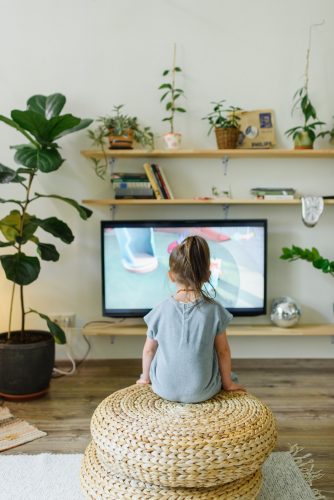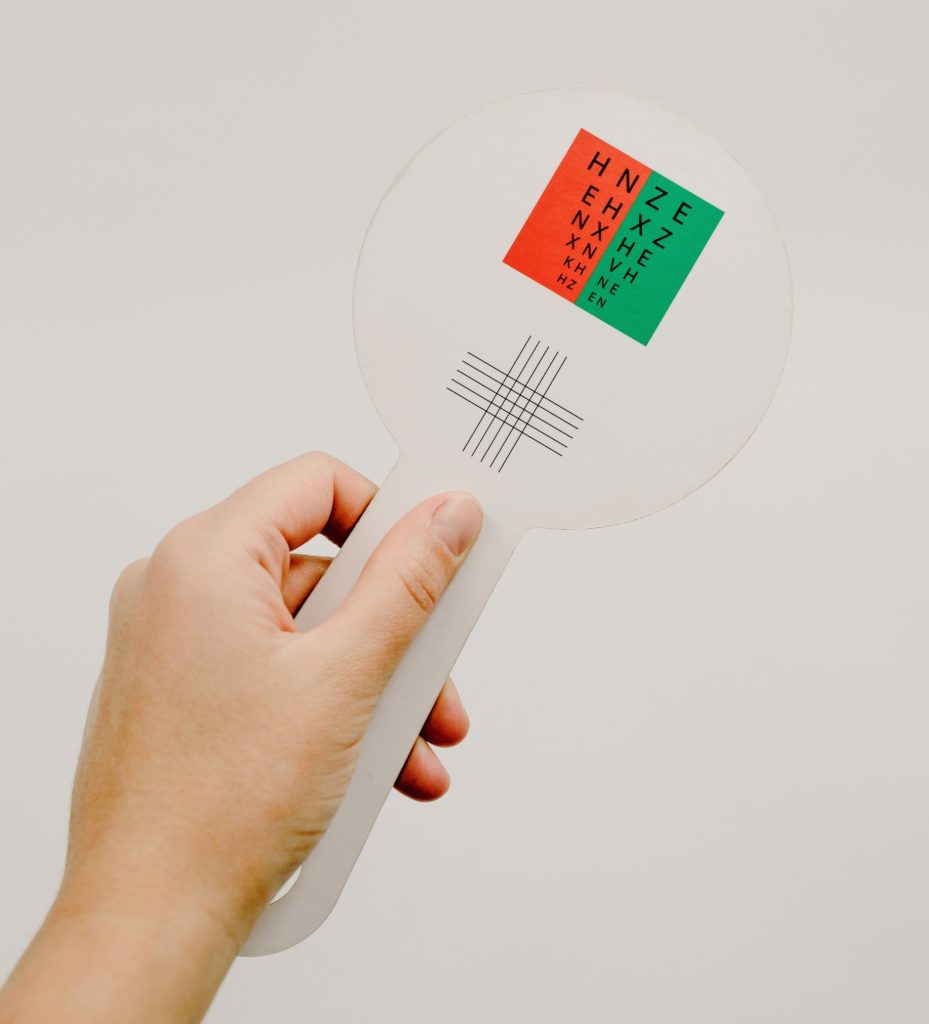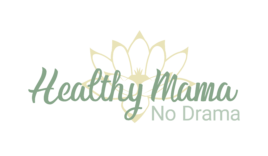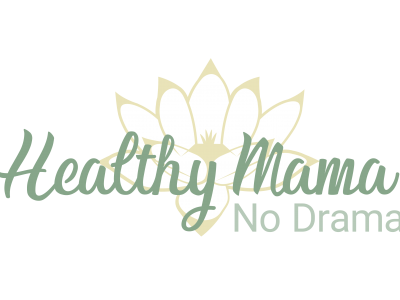It seems like screens of one form or another are almost everywhere nowadays. They are the way many people receive their news and information, work, entertain themselves, and even learn. With these cooler months, many find themselves passing the extra indoor time in front of a screen. Or putting their kids in front of a screen for a break from the cabin fever. And while all of these advances in technology have been a huge blessing and convenience in many ways, they also bring with them a need for awareness of the dangers associated with staring at screens constantly. Screen fatigue is a real thing, but it doesn’t have to be something that has to impact you.
What is screen fatigue?
There is evidence that screen time actually rewires our brains, especially for children. It’s kinda scary to think about, but excessive time in front of a screen can also cause screen fatigue, damage our eyes, and even interrupt our sleep cycles. Have you ever experienced tired eyes, a headache, or trouble focusing after looking at a screen? This is screen fatigue!

How do I avoid screen fatigue?
The easy answer is just sit in front of a screen for long periods of time. But, you and I both know that isn’t always a reasonable expectation. Many people nowadays have to sit in front of a screen for work or school purposes. So, if you can’t avoid the screen, what do you do? If you notice that you have screen fatigue, or are someone who finds yourself in front of a screen a good amount, do yourself a huge favor and implement some of these simple steps to protect your eyes.
Adopt the 20-20-20 rule
Every 20 minutes (or even more often according to my eye doctor), look at something that is 20 feet away for at least 20 seconds. When you’re focused it can be hard to remember, so whether you need to set an alarm, or leave a note on your desk, try to stick to this is best you can.
Use proper lighting
When you’re in front of a screen, it is much more straining to your eyes if there is not sufficient lighting around you. Use a lamp if needed and avoid fluorescent lighting if possible. Proper lighting will have the added benefit of aiding you in better sleep at night. Click here for more tips on getting a better night’s sleep.

Protect yourself from blue light
What is blue light? Basically, it’s a type of light detectable by the human eye. Blue light is all around us; the sun emits it, as well as fluorescent and incandescent light bulbs. And, of course, electronic devices. The problem with electronic devices isn’t so much the strength of the blue light, but the sheer amount of time people spend behind them at a close range. So, consider purchasing a blue light screen protector for your phone. Wear blue light glasses when working on your computer. There are so many options out there. Make sure to check the percent of blue light the glasses block. This is a great option.
Reduce the brightness on your screened devices
You can do this in your phone settings – reduce the brightness and switch to black and white mode. For your computer, I recommend downloading the free lux software for your computer. I use this and it’s fantastic. It makes the color of your computer’s display adapt to the time of day, warm at night and like sunlight during the day.
Consider your space
Ideally, you want your monitor to be at arm’s length away, and your screen at eye level.
Take frequent breaks
While the 20-20-20 rule is probably one of the best ways to protect your eyes, taking a quick break and stepping away from your screen is also very beneficial. It allows your eyes to rest, gives you some light exercise, and allows you to clear your mind. Win-win-win!
Blink more often
If you find yourself staring at your phone or computer for extended periods of time, remind yourself to blink. Even though it’s quick, it will give your eyes a needed break.

Change your diet
Wait, what? Yes. Getting the right nutrients is important for your eye health. Make sure you’re getting sufficient amounts of omega-3s, vitamins A, C, and E, lutein, zeaxanthin, and zinc. And drink lots of water. Half of your body weight in ounces, to be exact. As always, consult with your doctor, but here are some ideas:
- Omega 3’s: flaxseed, chia seeds, walnuts, soybeans, and several types of fish like salmon, mackerel, cod liver oil, herring and oysters. Even sardines and anchovies if that’s your thing.
- Vitamin A: carrots, sweet potatoes, cantaloupe, and apricots (notice the color theme here?).
- Vitamin C: citrus fruits, peaches, red bell peppers, tomatoes, and strawberries.
- Vitamin E: avocados, almonds, and sunflower seeds.
- Leafy green vegetables (rich in lutein and zeaxanthin): spinach, kale, romaine lettuce, collards, turnip greens, broccoli, and peas.
- Zinc: beans (legumes), black-eyed peas, kidney beans, lima beans, oysters, lean red meat, poultry, and fortified cereals.
Get your annual eye exam
This will give your optometrist a chance to look deeper and make any necessary recommendations.

Some of the links above are affiliate links. This means that, at zero cost to you, I will earn an affiliate commission if you click through the link and finalize a purchase. Thanks for your support!
Related posts:
- 11 Better-than-Melatonin Tips for Quality Sleep A good night’s sleep is actually just as important as regular exercise and a healthy diet? And, while many turn to melatonin to support a good night's sleep, there are...
- My daily routine for healthy skin Youthful, healthy skin is something I think we all desire, but many don’t know how to achieve it. As we get older, our skin begins to show signs of aging...
- 7 Tips to Achieve Your Goals I’ve never really been one for setting new year’s resolutions. I am, however, a huge proponent of setting goals throughout the year. I don’t think you should have to wait...
- Why you should rethink using hand sanitizer Even with the most effective of hand sanitizers, you need to seriously consider if they're worth the risk. Why? There are two primary reasons: harmful ingredients and unintended consequences....


